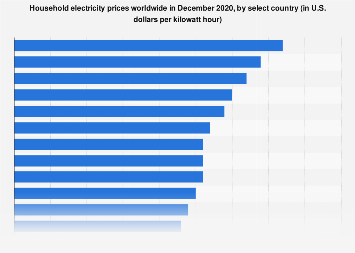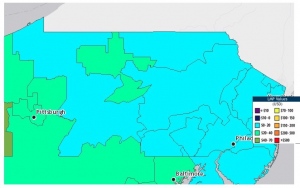Is nuclear energy good for the environment?

Thermal power is perfect, maintainable, and to some degree sustainable. It’s additionally carbon unbiased. Be that as it may, the development of thermal energy stations and digging for uranium produce fossil fuel by-products. In that capacity, one could contend the two sides concerning whether thermal power is positive or negative for the climate. And afterward, there’s an atomic waste. Radioactive atomic waste is a squeezing worry that influences the wellbeing of the planet and individuals towards Electricity plans . It can debase the air, water, and soil, just like creatures, plants, and people.
There are two sorts of atomic waste: low-level and significant level radioactive waste.
Low-level radioactive waste comes from radioactive pollution that happens during routine power creation. Debased things for the most part incorporate power plant representative regalia or defensive stuff and upkeep apparatuses.
This waste is typically put away at the power plant until it tends to be taken to a removal site or is presently not radioactive. Atomic burn through radioactivity decreases after some time through radioactive rot. Undeniable level radioactive waste comes from “illuminated” or “spent” utilized atomic reactor fuel. Spent fuel is profoundly radioactive. At present, the U.S. doesn’t have an affirmed, significant level radioactive removal site.
All things considered, significant level atomic waste should be put away in huge pools and compartments at atomic offices that cool waste and reactors and give a radioactive safeguard.

Eventually, atomic waste should be put away profound underground under impermeable mud, impenetrable refill, and cement. Atomic garbage removal and the activity of thermal energy stations are directed and controlled by the U.S. Atomic Regulatory Commission (NRC). The NRC has executed severe guidelines for decommissioning atomic reactors and dealing with and removal of atomic waste.
Is nuclear energy safe?
Despite north of 440 business atomic reactors on the planet and 93 of those reactors in the United States, it’s normal to scrutinize the security of thermal energy stations.
The worry encompassing atomic power has to do with the potential wellbeing dangers.
Atomic waste is poisonous to people just like the climate. At the point when gotten in huge amounts, atomic radiation can make serious and surprisingly deadly harm to human wellbeing. Most normal is the worry for radiation-caused malignant growth.
A specific kind of radiation called ionizing radiation represents the most danger for people. While ionizing radiation happens, subatomic particles that are more modest than iotas associate with electromagnetic waves. Together, these particles and waves can ionize or eliminate electrons from the molecules they strike. A lot of ionizing radiation can bring about radiation affliction and demise.
Radiation can likewise cause intense radiation disorder, a sort of radiation affliction that can achieve skin consumption, regurgitating, the runs, and in the most extreme cases, unconsciousness and demise because of harmed bone marrow, inside dying, and contamination. This generally sounds frightening and it is. Be that as it may, atomic radiation made by thermal energy stations possibly arrives at a risky level when atomic chain responses are uncontrolled.
Be that as it may, power plant occurrences are diminishing, and legislatures are executing more wellbeing measures than any time in recent memory.
The utilization of control bars, radioactive obstructions, wellbeing gear, crisis shut-off methodology, training, and advances in atomic innovation have all reshaped the getting ready for atomic power. One strategy authorized by the NRC requires power plants to work without electric power if there should arise an occurrence of crisis, and security investigators are needed to be available at power plants to regulate wellbeing activities.
